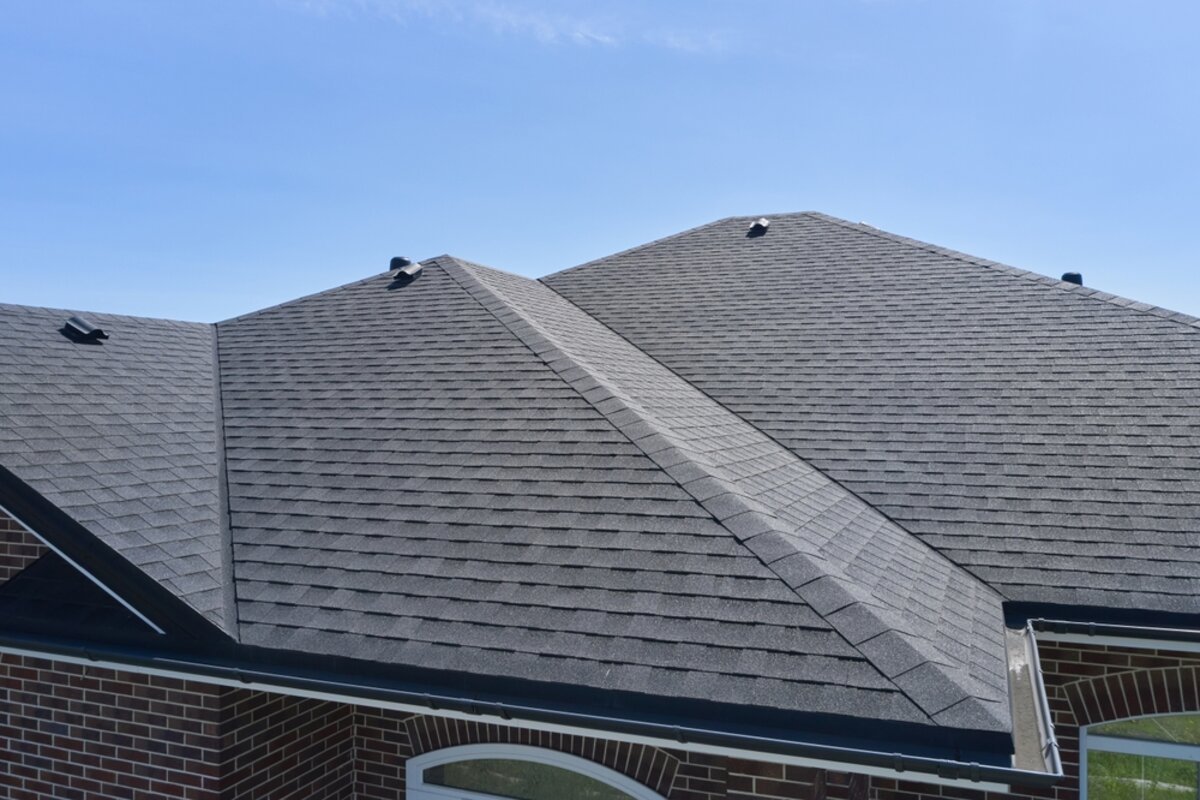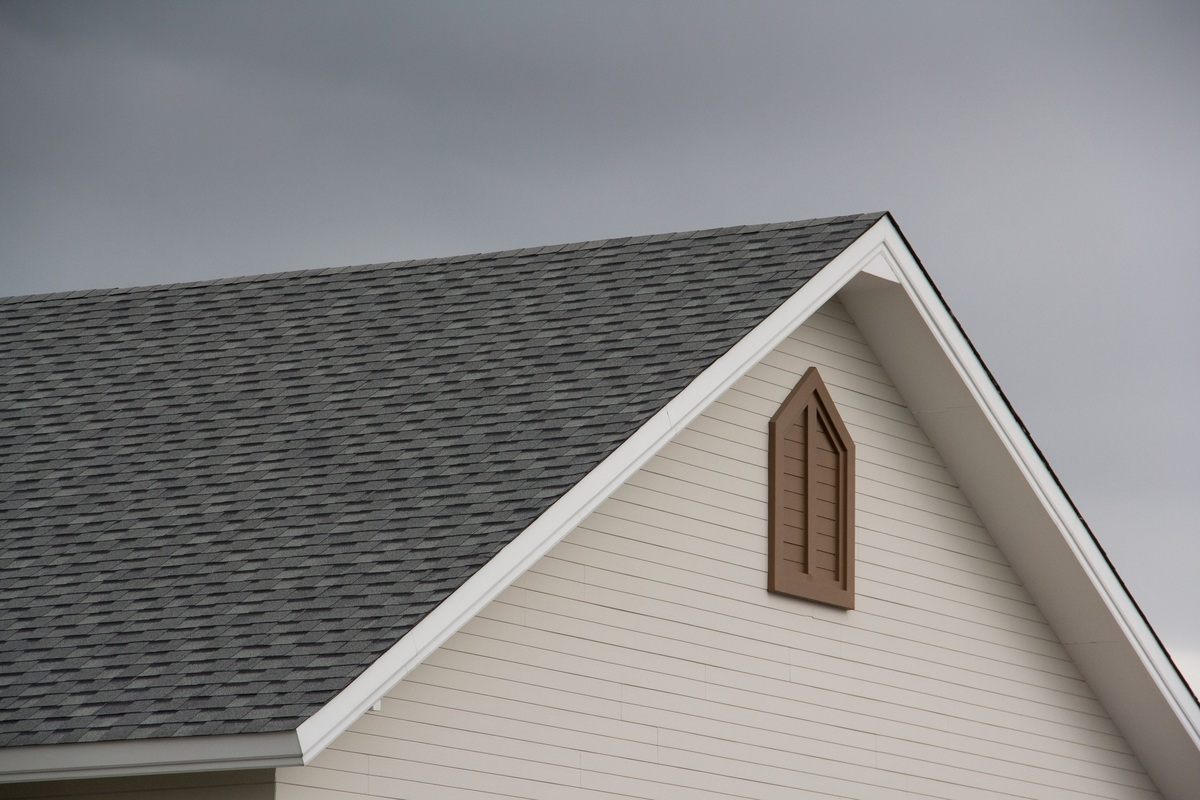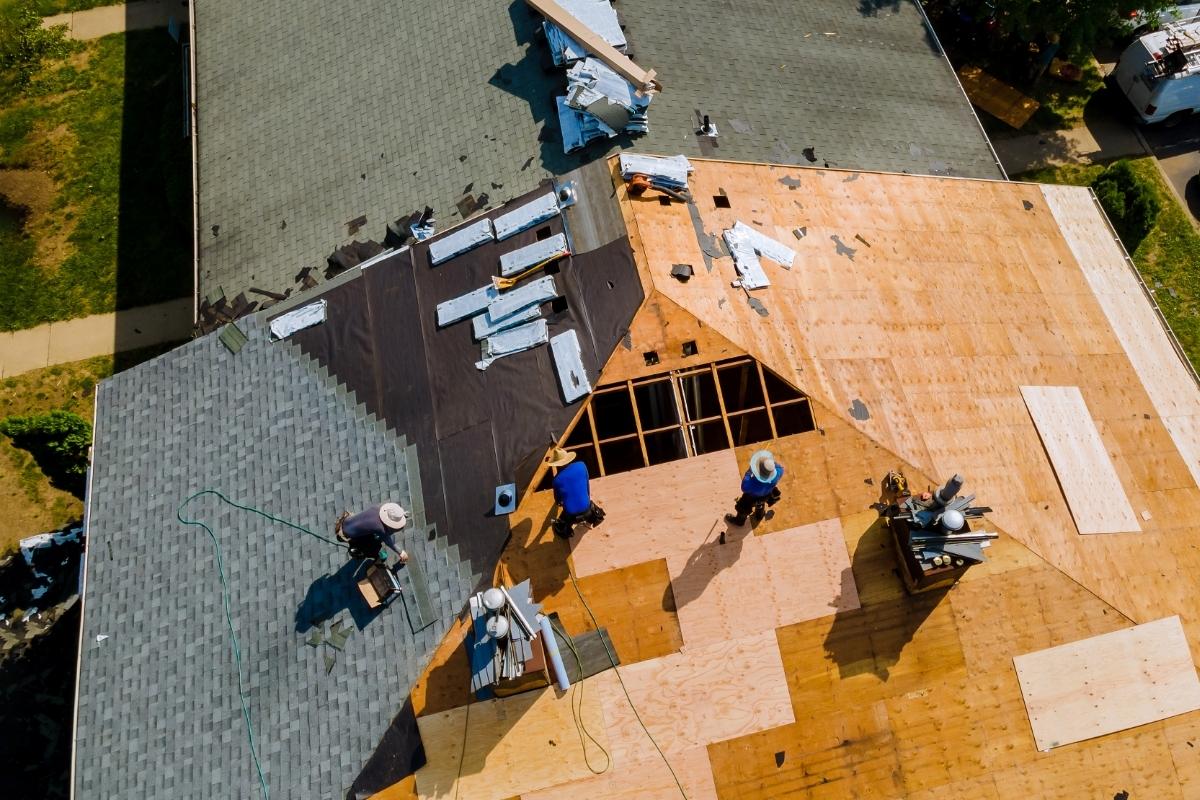A commercial roof must provide durability, energy efficiency, and protection from the elements. Some property owners consider combining different roofing materials, such as TPO (thermoplastic polyolefin) and shingles, either for cost savings or aesthetic appeal. However, doing so presents several challenges that must be carefully addressed.
Understanding TPO Roofing and Its Benefits
TPO is a single-ply membrane widely used in commercial roofing due to its energy efficiency and resistance to UV rays. It reflects heat, reducing cooling costs for buildings. Additionally, TPO is highly resistant to mold, dirt, and punctures, making it a durable choice for flat or low-slope roofs.
The Advantages of Shingle Roofing
Shingles are more commonly seen on residential buildings but can also be found on certain commercial properties. Asphalt shingles are cost-effective, easy to install, and available in various styles and colors. They provide a traditional aesthetic that some building owners prefer over the more industrial look of TPO.
Can You Mix TPO and Shingles on a Commercial Roof?
Mixing TPO and shingles on a commercial roof is possible, but there are important factors to consider. These include compatibility, installation methods, and long-term maintenance.
Structural and Installation Challenges
One of the main challenges in combining these materials is that TPO and shingles require different installation techniques. TPO is typically heat-welded or mechanically fastened, while shingles are nailed down and require an underlayment. Ensuring a seamless transition between the two materials is crucial to preventing leaks.
Differences in Roof Slope Requirements
Shingles work best on steep-slope roofs, allowing water to run off efficiently. In contrast, TPO is designed for flat or low-slope applications where shingles would be ineffective. If a commercial building has both steep and flat sections, using both materials might make sense, but proper transition flashing and waterproofing must be implemented.
Best Practices for Combining TPO and Shingles
To achieve a successful roofing system that includes both TPO and shingles, following best practices is essential.
Proper Transition Details
Where the TPO and shingles meet, a well-designed transition is critical. This may include:
- Installing a metal drip edge to direct water away from the seam
- Using high-quality sealants to prevent moisture penetration
- Ensuring proper overlap between materials to avoid leaks
Ensuring Compatibility with Building Codes
Before proceeding, check local building codes and manufacturer recommendations. Some areas may have restrictions on mixing different roofing materials, and manufacturers may not warranty roofs that combine incompatible products.
Regular Maintenance and Inspections
A roof that combines TPO and shingles may require more frequent inspections. The different expansion and contraction rates of these materials can lead to stress at the transition points. Regular maintenance can help detect and fix potential issues before they become costly problems.
When Should You Consider Mixing TPO and Shingles?
While it’s not common practice, there are situations where combining TPO and shingles may be a viable option:
- Multi-section buildings – If a commercial property has both steep-slope and flat-roof areas, using shingles on the sloped sections and TPO on the flat areas may provide an effective solution.
- Aesthetic preferences – Some business owners may prefer the look of shingles on the visible portion of the roof while benefiting from TPO’s energy efficiency on less visible sections.
- Budget considerations – In some cases, using a mix of materials can help reduce overall costs while still providing durability and weather resistance.
Final Thoughts
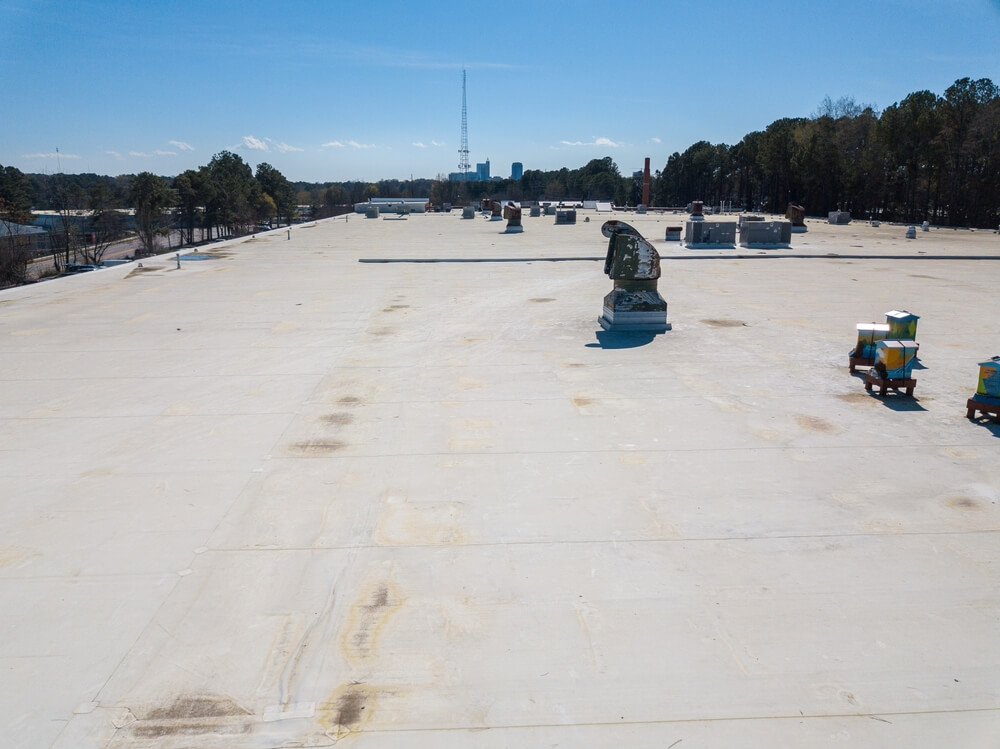
Mixing TPO and shingles on a commercial roof is possible, but it requires careful planning and execution. Understanding the differences in installation, slope requirements, and maintenance needs is essential to ensure a long-lasting and watertight roofing system. If you’re considering this approach, consult with a professional roofer to determine the best strategy for your building. Contact DryTech Exteriors today.
